Although many like to believe that COVID-19 is in the past, that is unfortunately not the case. It is still prevalent and still deadly. According to the CDC, COVID cases are rising and new variants are mutating and infecting people.
Additionally, new research shows that the COVID-19 virus is widespread in American wildlife. The illness is still dangerous, omnipresent, and at the very least, a horrible experience to have to deal with. Here is the most recent and relevant COVID-19 news you need to know to keep yourself healthy.
Rising COVID Cases
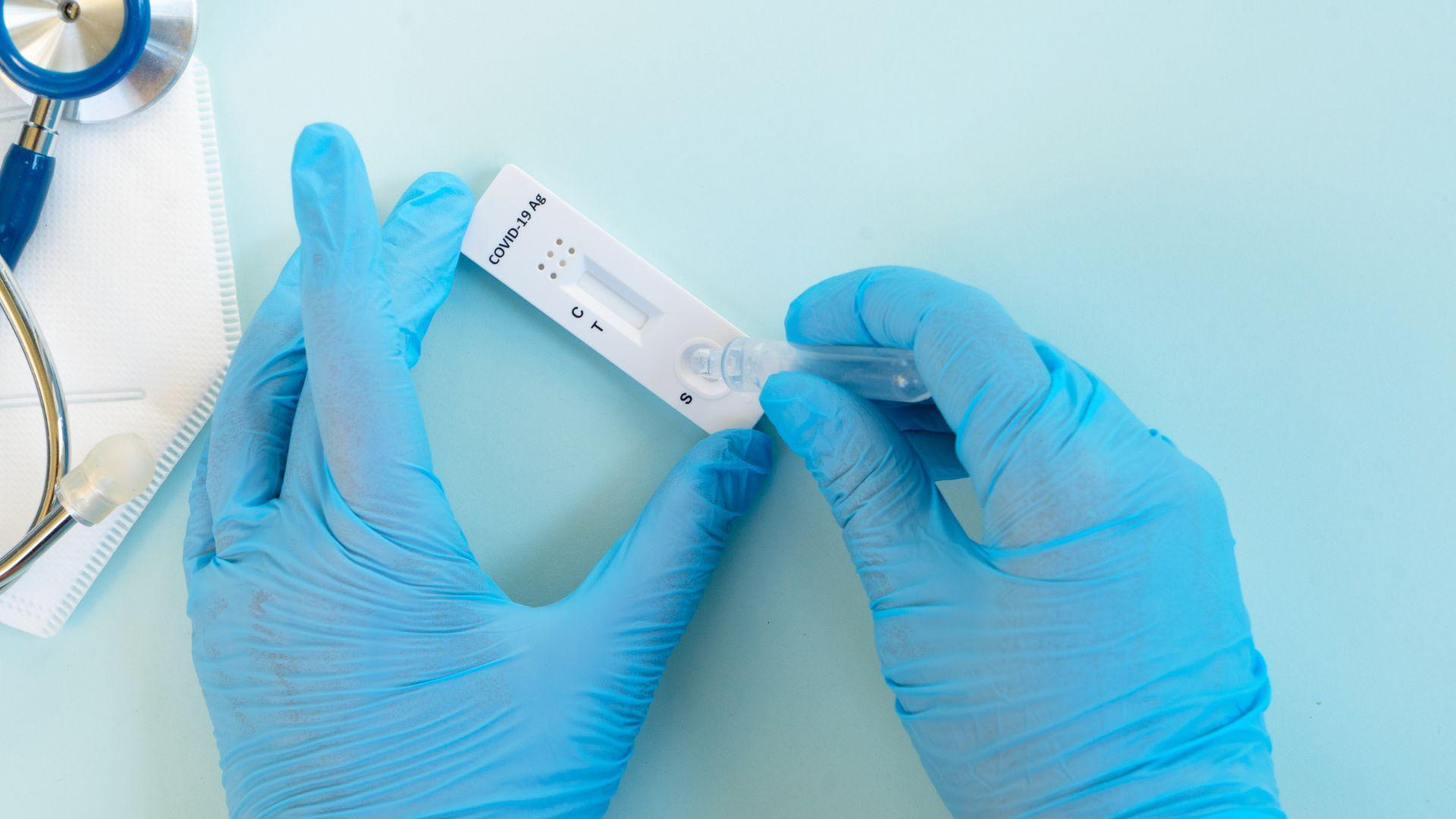
The Centers for Disease Control and Prevention have determined, using wastewater data, that there are high levels of viral COVID-19 cases nationwide. New variants have appeared recently. KP.3 and an offshoot, KP.3.1.1., account for nearly half of all COVID cases.
In 2023, COVID’s Public Health Emergency was ended. Since then, less people have tested using at-home or doctor’s office tests and/or reported their illness, so the case data is significantly less robust. Therefore, experts have an even more difficult time determining the severity and widespreadness of COVID.
“FLiRT” Variants

These KP variants, including KP.3 and KP.3.1.1., are part of a set of COVID variants that have been dubbed “FLiRT” variants by scientists.
Aubree Gordon, an infectious disease epidemiologist at the University of Michigan, explained that there is no evidence that the symptoms of these new dominant variants, including the “FLiRT” variants, are too different from other recent strains of the virus. Fikadu Tafesse, a virologist at Oregon Health & Science University, explained that we should expect to keep experiencing new variants of COVID. “That’s the nature of the virus,” he said. “It keeps mutating.”
COVID Widespread in Wildlife
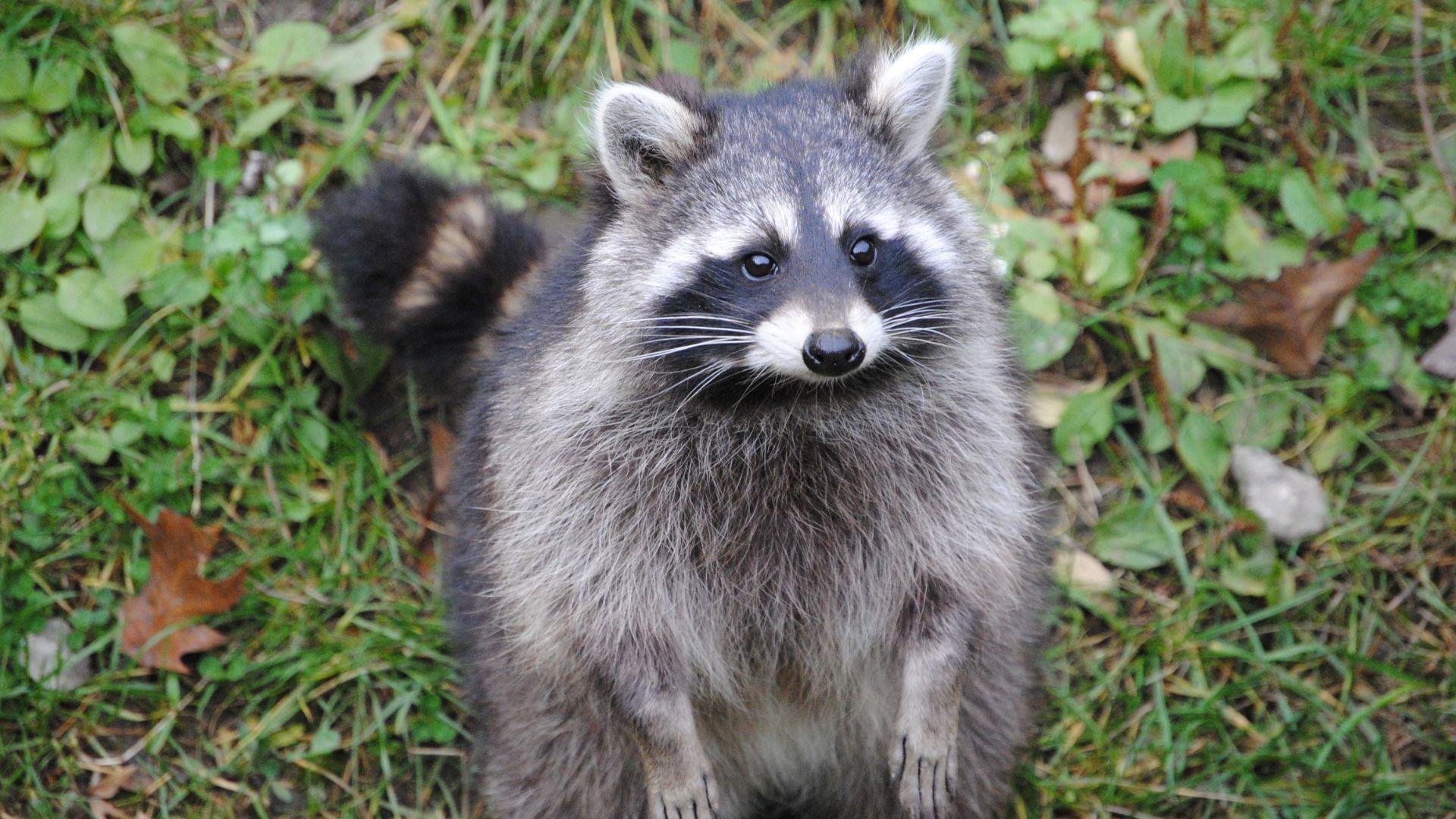
Humans are not the only creatures impacted by COVID. Researchers at Virginia Tech have recently found that the virus that causes COVID-19 is widespread among wildlife.
SARS-CoV-2, the virus which causes COVID, was found in six common American backyard species. Antibodies, which indicate previous exposure, were found in five species. Depending on the species, the rate of exposure in the animals ranged from 40 to 60%.
What Species Were Tested?

The researchers at Virginia Tech tested 23 species—all common animals in Virginia—for both active SARS-CoV-2 infections and the antibodies that indicate previous infection. The animals and species with highest exposure to SARS CoV-2 were found near hiking trails and public areas that were often used by humans. This suggests that the virus was transmitted from humans to wildlife.
Of the tested animals, raccoons, deer mice, groundhogs, Eastern cottontail rabbits, Virginia opossums, and Eastern red bats all had signs of the virus. One particular opossum showed viral mutations that were previously unreported.
Wildlife Mutations

The study supports that SARS-CoV-2 has been transmitted from humans to animals. However, the scientists said they did not find evidence of the virus being transmitted from animals to humans… yet.
A spokesperson from Virginia Tech said, “The findings highlight the identification of novel mutations in SARS-CoV-2 in wildlife and the need for broad surveillance. These mutations could be more harmful and transmissible, creating challenges for vaccine development.” Although the scientists believe that the virus hasn’t been transmitted from animals to humans as of now, new mutations could lead to dangerous variants that could affect the public’s health.
Symptoms of COVID

The symptoms of COVID, even after many variants, are by-and-large the same ones that have been known (and experienced by many) for the past several years. Symptoms that people with COVID might experience include congestion or runny nose, sore throat, cough, diarrhea, nausea or vomiting, fever or chills, headache, shortness of breath or difficulty breathing, and loss of taste or smell.
Additionally, some infected with the illness have reported sore muscles, body aches, exhaustion, fatigue, and a general “blah” feeling.
When and How to Test
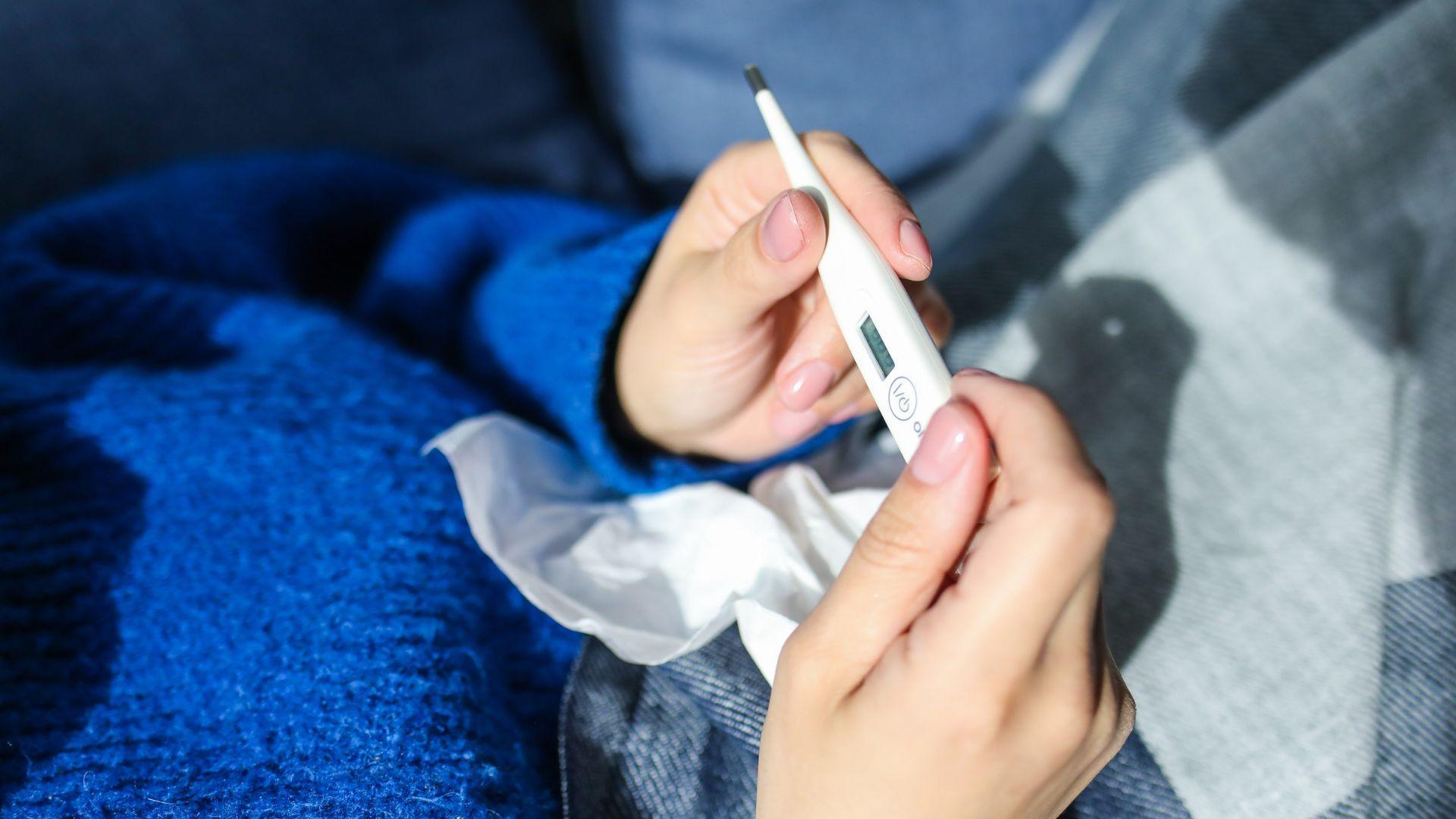
Ideally, people should test for COVID as soon as they develop symptoms or learn they might have been exposed. Then, you should test again a day or two later to make sure that you are not infected. Dr. Davey Smith, an infectious disease specialist at the University of California, San Diego, said that you should test immediately for COVID if you have a fever and a cough.
Dr. Gordon explained that if you’ve had symptoms for more than three days but are still testing negative, it’s not likely that you will ever test positive on an at-home test. This is either because you actually do not have COVID, or because you are a shedding amount of the virus that is simply too low for a rapid test to pick up.
Medications to Prevent and Treat COVID
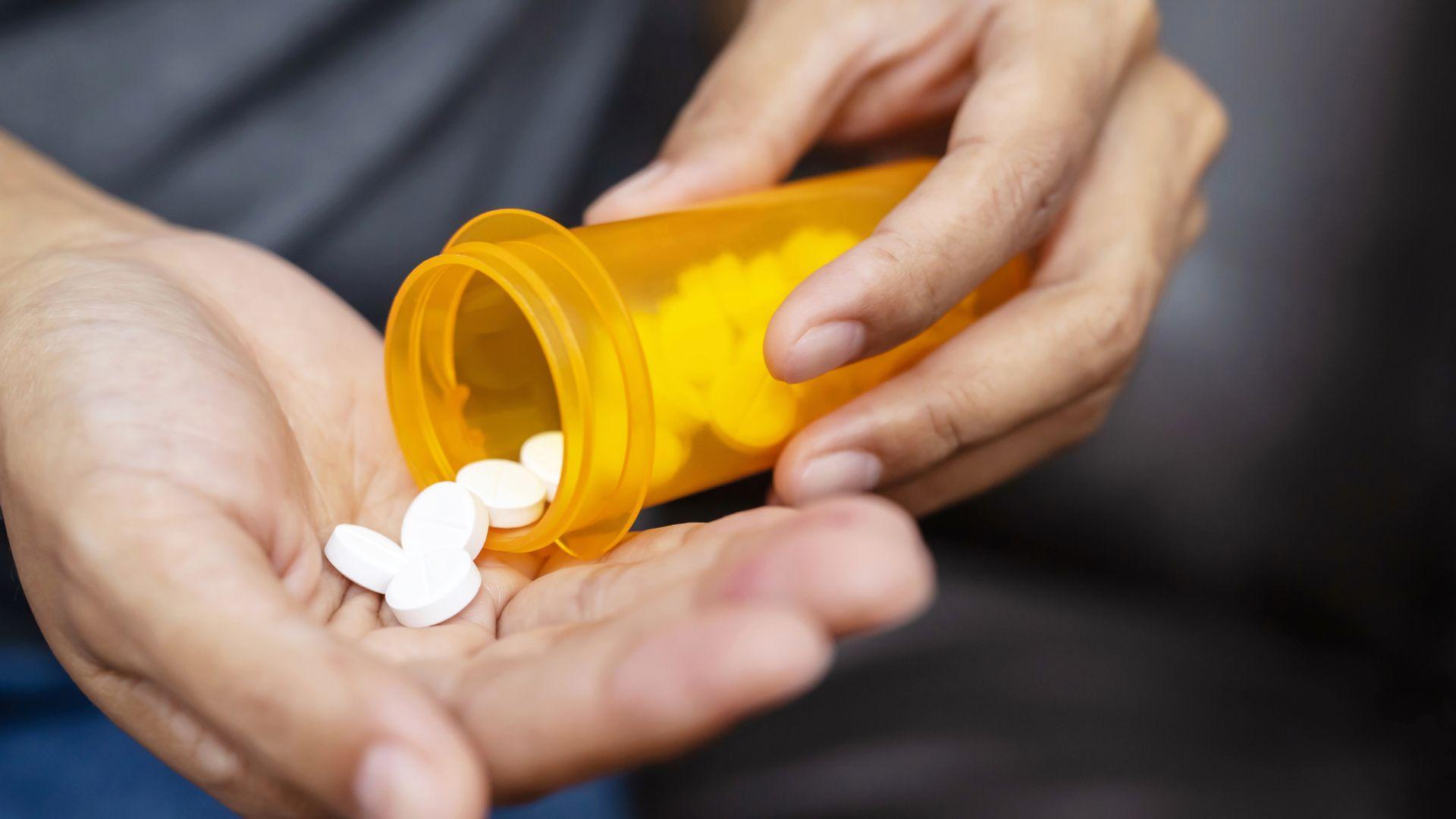
In March, the FDA approved a preventative medication called Pemgarda, which is a monoclonal antibody infusion. This medication is for highly immunocompromised people—such as those receiving stem cell or organ transplants—to take as a preventative measure in case they contract the virus. Paxlovid is a medication for people 12 and over which halts the virus from replicating in the body. It also lowers the risk of death for immunocompromised people.
There are other antiviral treatments that doctors use very infrequently. Veklury is a treatment medication which is given as an IV infusion to adults and children. Molnupiravir, also known as Lagevrio, is a pill that can be used to reduce the risk of severe COVID in adults. Of course, the most useful and effective way to prevent getting COVID is to get vaccinated. Even if you get COVID and are vaccinated, the case is likely to be much milder—the more vaccinations/boosters you’ve gotten, the less likely you’ll get a severe (and yes, deadly) case of COVID.
Helping to Slow the Spread
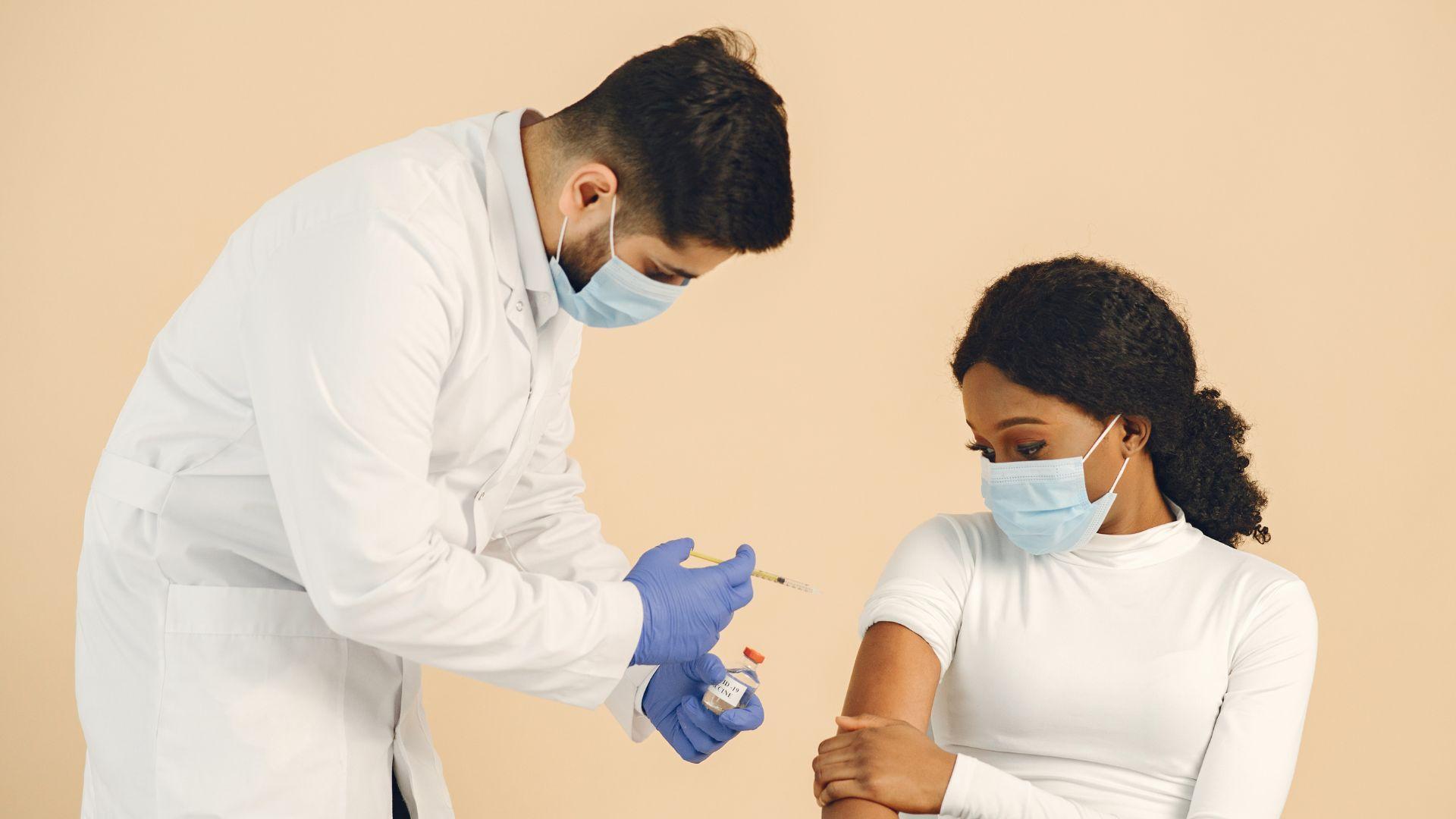
If you think you may be infected with COVID, you must take precautions. Dr. Paul Sax, the clinical director of the division of infectious diseases at Brigham and Women’s Hospital, implores people who have been exposed to wear a mask in public and isolate themselves from others.
Doctors advise resting your body as much as possible if you get sick with COVID. Dr. Tafesse explained that new cases of long COVID are less common now than they were at the start of the pandemic, but repeat infections of the disease raises the risk of developing dangerous and miserable long COVID. Get vaccinated, test if you think you may have been infected, stay home if you are sick, and yes, continuing to wear a mask in public is a good way to prevent the spread of this disease.

